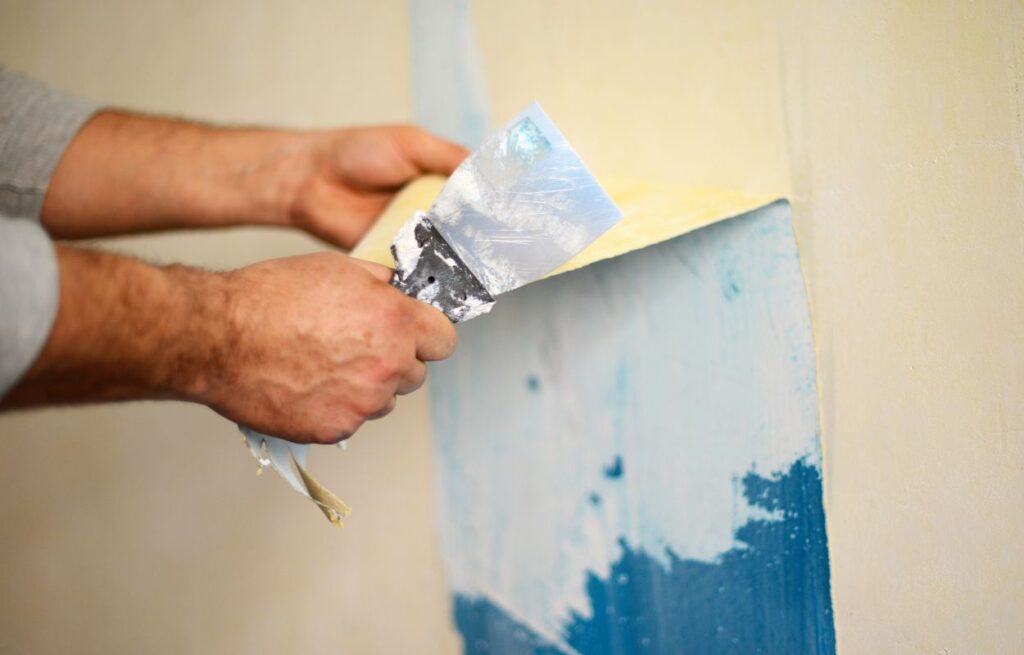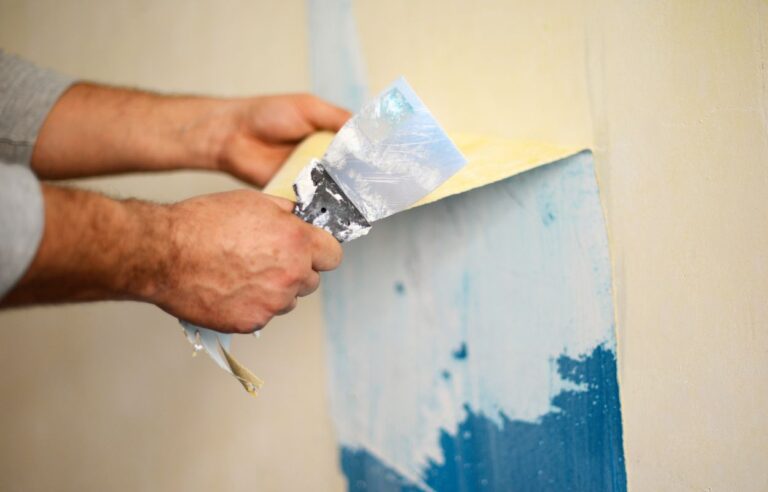If you’ve got an older home, chances are you’ve heard the words “lead paint” tossed around. And for good reason. Lead-based paint was commonly used in homes before the 1980s. It was durable, moisture-resistant, and covered really well. Unfortunately, it also posed a serious health risk—especially to children and pregnant women.
So, if you’ve discovered lead paint in your home, the big question becomes: What now? Should you go with lead paint removal? Or is encapsulation a better option?
Let’s break it all down in plain, simple language so you can make the right decision for your home and your family.
WHAT EXACTLY IS LEAD PAINT AND WHY IS IT DANGEROUS?
Lead paint contains—you guessed it—lead. When it’s in good condition and not disturbed, it might not seem like a big deal. But when it starts to crack, peel, or get scraped during renovations, it can release tiny lead particles into the air. Once those particles get into your lungs or bloodstream, they can cause all sorts of problems.
Kids are especially at risk. Exposure to lead can affect their brain development, behavior, and learning abilities. It’s serious stuff.
That’s why lead abatement in Victoria and other older communities is such a high priority. You don’t want to take chances with your health—or your kids’ health.
WHAT IS LEAD PAINT REMOVAL?
Lead paint removal is exactly what it sounds like. It means physically getting rid of the lead-based paint from your walls, trim, doors, or other surfaces.
This can be done in several ways:
- Wet scraping or sanding with special tools and vacuums
- Chemical stripping using approved solvents
- Abrasive blasting (though this one’s more common for exteriors or industrial spaces)
It’s a very effective method. Once it’s gone, it’s gone. You’ve eliminated the source of the problem.
But here’s the catch: lead paint removal is messy. It has to be done carefully by professionals who know what they’re doing. Improper removal can actually make things worse by stirring up even more lead dust.
Also, it’s usually more expensive than other options. But for many homeowners, the peace of mind is worth every penny.
WHAT IS ENCAPSULATION?
Now let’s talk about encapsulation. This option doesn’t remove the lead paint—it seals it in.
Special encapsulating products (like thick paints or coatings) are applied over the lead-painted surface. Once they dry, they create a tough, durable barrier that keeps lead particles from escaping.
It’s sort of like putting a protective bubble over the lead paint.
Encapsulation is quicker and often cheaper than full removal. It can be done with less disruption to your home. That’s why it’s become a popular choice for many homeowners dealing with lead issues.
However, encapsulation only works if the surface is in good condition. If the paint is already flaking or damaged, encapsulation may not hold up. Moisture, temperature changes, or just wear and tear can break the seal over time.
WHICH OPTION IS SAFER?
Honestly, both methods are safe—if done correctly. But safety depends on a few key things:
- Condition of the paint
- Location of the lead paint (walls vs. windowsills, for example)
- Who’s living in the home (kids, seniors, etc.)
- Your future renovation plans
Lead paint removal eliminates the hazard altogether. There’s nothing left behind. It’s the most thorough way to deal with lead. But it’s also more invasive, and if not done properly, can pose a risk during the removal process itself.
Encapsulation is safer for the short term. It’s a great choice when you want fast protection and minimal disturbance. But it requires ongoing monitoring. If the encapsulating layer gets damaged, the risk returns.
For homes with young kids or people who may be more vulnerable, lead removal may be the better bet. You’ll never have to worry about it again.
WHEN TO CHOOSE REMOVAL OVER ENCAPSULATION
If you’re planning major renovations soon, lead paint removal is often the way to go. You’ll need to disturb the walls anyway. Why not do it right and eliminate the problem altogether?
You should also consider removal if:
- The lead paint is already peeling or chipping
- You’re dealing with high-friction surfaces like doors or windows
- You want to improve the resale value of your home
In Victoria, where many homes are older and full of character, lead abatement in Victoria is commonly handled by professional crews who understand local building codes and safety guidelines. They know how to remove lead safely and efficiently.
WHEN TO CONSIDER ENCAPSULATION
Encapsulation is great for situations where the paint is still in decent shape and you’re not planning to renovate anytime soon.
You might choose encapsulation if:
- You need a faster, budget-friendly solution
- The lead paint is on a low-traffic surface
- You’re not ready for the disruption of full removal
Just remember: encapsulation doesn’t mean you can forget about the lead forever. You’ll still need to check the surfaces regularly for signs of wear.
PROFESSIONAL HELP IS ALWAYS A SMART MOVE
No matter which option you choose, it’s best not to go it alone. Dealing with lead is not a DIY-friendly project.
Certified professionals have the right tools, equipment, and training to get the job done safely. They’ll test your home, assess the risks, and help you choose the method that works best for your space, your budget, and your long-term plans.
Plus, hiring a pro ensures everything’s up to code—and that gives you peace of mind.
THE FINAL VERDICT
So—lead paint removal or encapsulation? The truth is, there’s no one-size-fits-all answer. Both options have their benefits. Both have their drawbacks.
If your paint is damaged, you have young kids, or you’re renovating anyway, removal might be your best choice. If you’re looking for a faster, more affordable fix, encapsulation could be the way to go.
Whichever option you choose, what matters most is that you do something. Leaving lead paint untreated can be dangerous. You don’t want to wait until someone gets sick to take action.
Take a walk around your home. Look for signs of wear. Get a professional opinion. And if you’re located in BC, there are experienced pros who specialize in lead abatement in Victoria that can help you take the right steps today.
WRAPPING IT UP
Lead paint might be a relic of the past, but it doesn’t have to ruin your present—or your future. Whether you go for full removal or a solid encapsulation job, you’ll be making your home a safer, healthier place.
That’s always worth the effort.
Still unsure? Reach out to a local lead abatement expert. They’ll answer your questions, give you a quote, and help you move forward with confidence.





